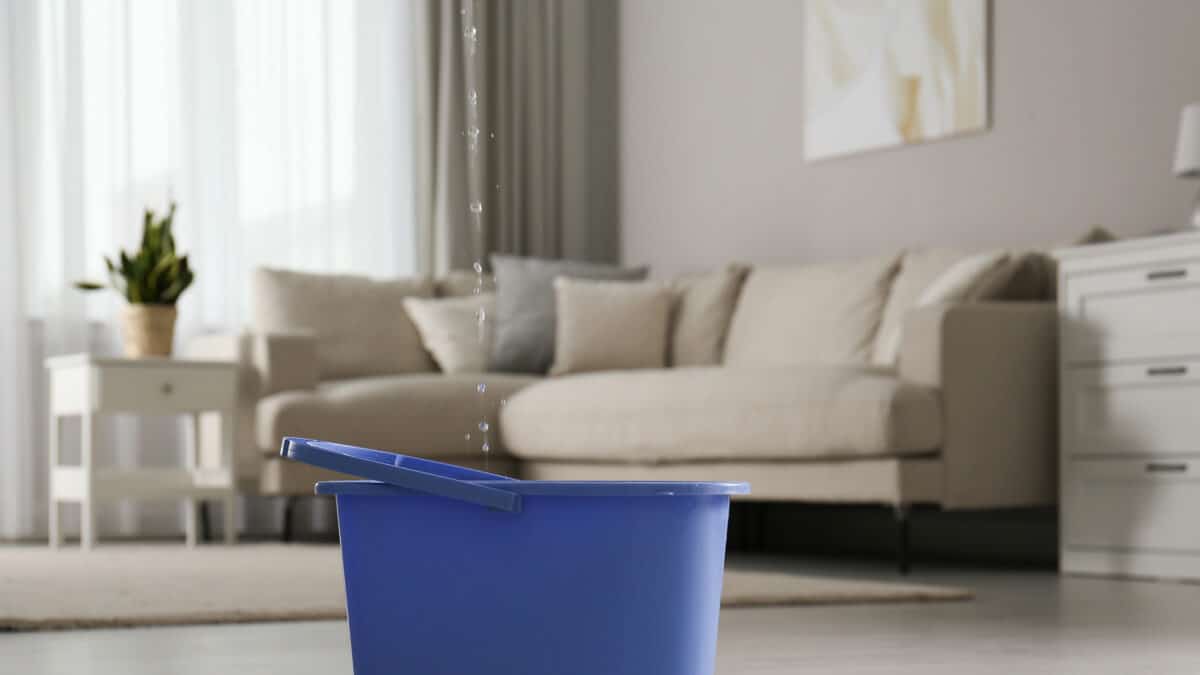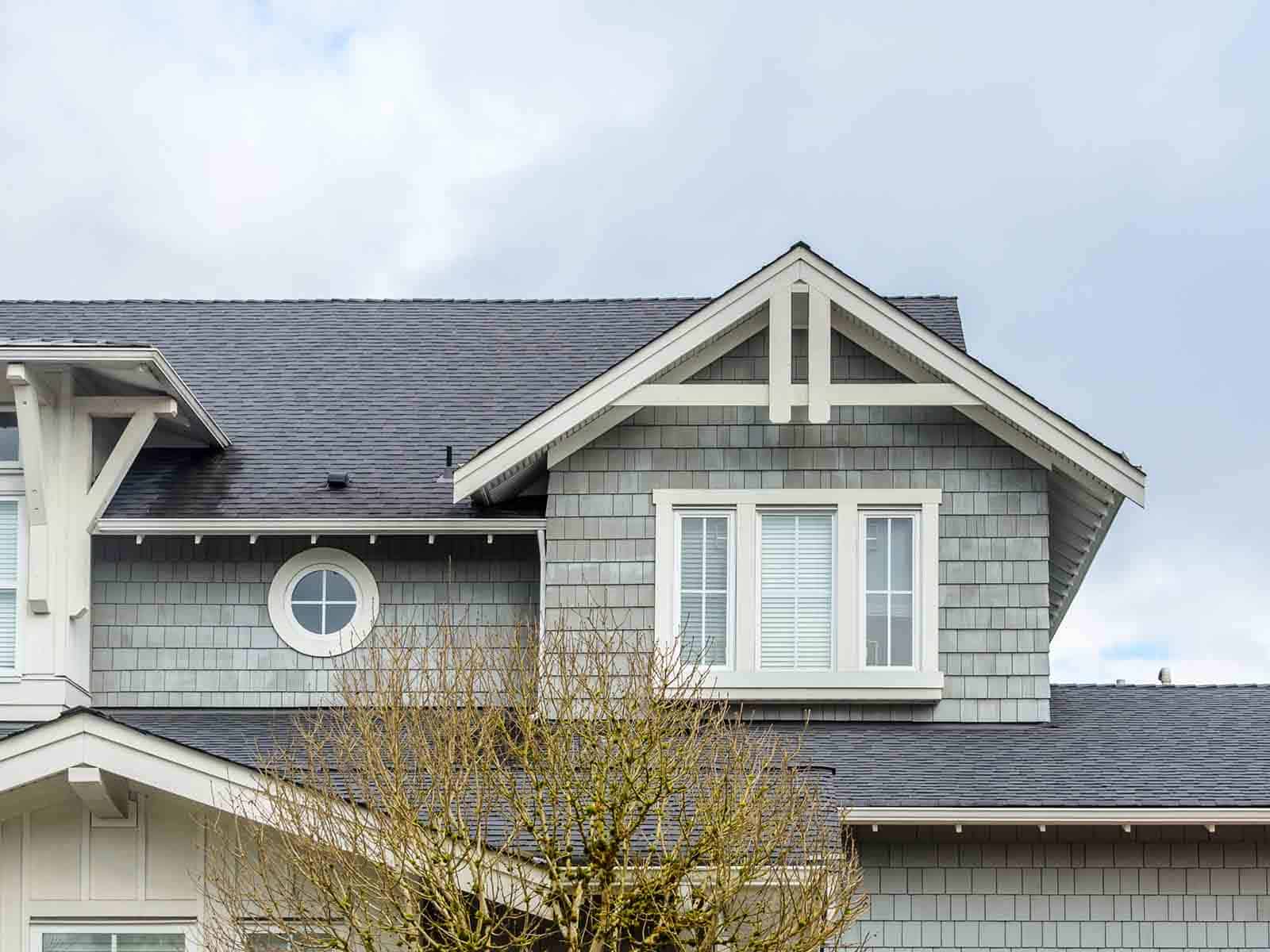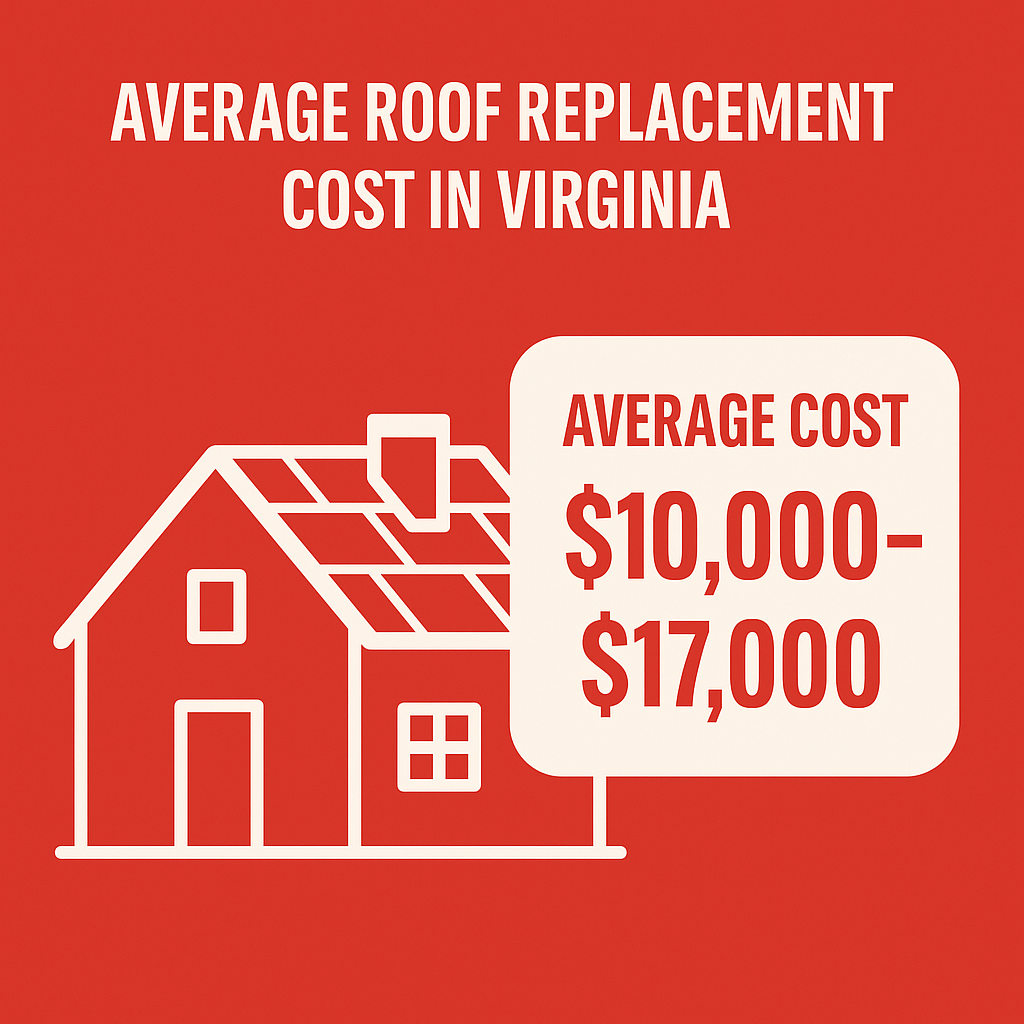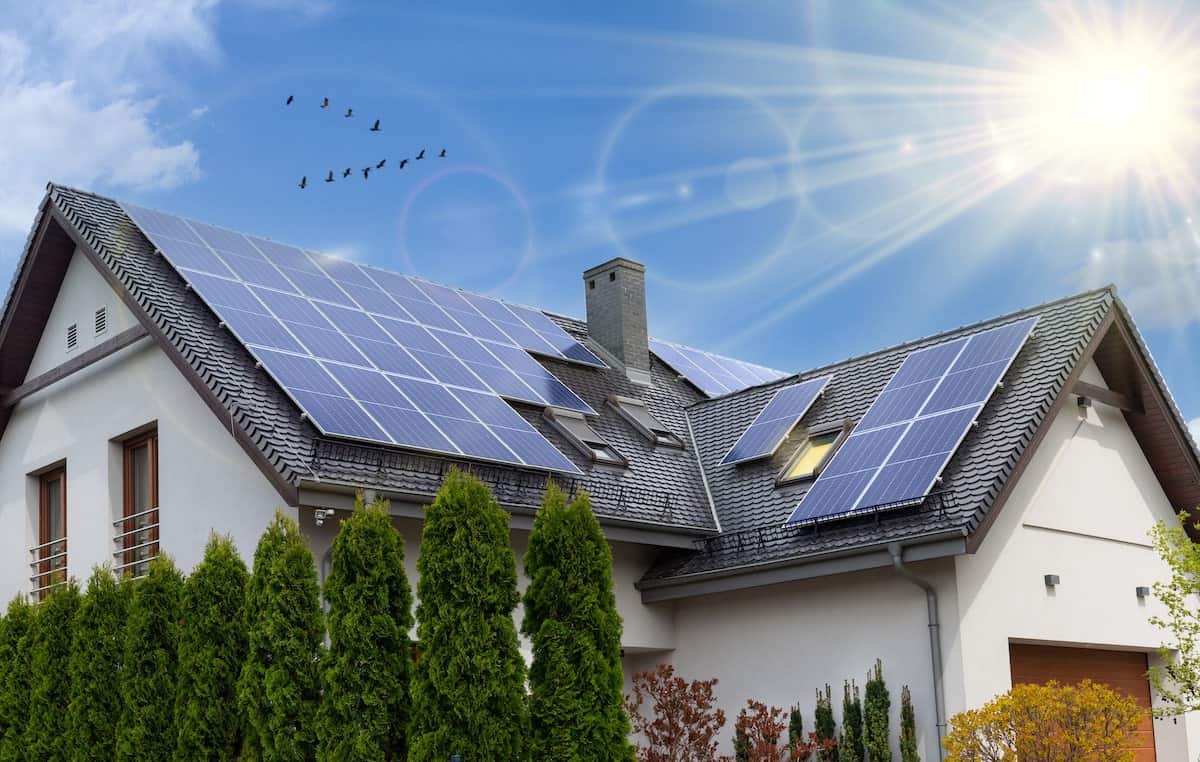We understand that a leaky roof can be a frustrating and stressful situation for homeowners. It’s important to take immediate action to prevent further damage to your home. Here are some steps you can take if your roof is leaking.
Jump Ahead:
- Why You Shouldn’t Call Homeowners Insurance
- How to Identify the Source of the Leak
- How to Minimize the Damage
- When to Call a Professional Roofing Company
- What to do After a Leak is Repaired
1. Don’t Make Homeowners Insurance Your First Call
It’s important to call a roofing company first to assess and repair your leaky roof. If necessary, you can then contact your homeowners insurance to determine coverage and file a claim. Not all homeowner’s insurance policies cover roof leaks, and some policies may only cover leaks caused by specific perils, such as hail or wind damage to your roof. It’s important to review your policy to determine what is covered before filing a claim.
Even if your policy covers a roof leak, filing a claim with your homeowner’s insurance can cause your premiums to go up, even if the claim is denied. It’s important to consider the long-term impact on your premiums before filing a claim.
Homeowner’s insurance policies typically have deductibles that you will need to pay before coverage kicks in. Depending on the cost of the home roof repair, it may be more cost-effective to pay for the repair yourself instead of going through insurance.
2. Identify the Source of the Leak
Identifying the source of a roof leak can sometimes be a difficult task, but here are some steps you can follow to help you identify the source of the leak:
- Start by checking your attic: If you have an attic, it’s always a good idea to check there first. Look for any signs of water stains or discoloration on the underside of the roof deck or the insulation.
- Check the roof surface: If you can safely access your roof, walk around and look for any signs of damage or wear and tear. Check for missing or damaged shingles, cracked or rusted flashing, and any other signs of damage.
- Check the roof penetrations: Roof penetrations, such as chimneys, skylights, and vents, are common sources of leaks. Check the seals around these penetrations to ensure they are intact and not cracked or damaged.
- Check the gutters and downspouts: Clogged or damaged gutters and downspouts can cause water to back up onto the roof, leading to leaks. Check for any debris, such as leaves or twigs, that may be blocking the flow of water.
- Check for interior water stains: Water stains on the ceiling or walls can be a good indicator of where the leak is coming from. Follow the path of the stain back up to the roof to try and locate the source of the leak.
3. Minimize the Damage
Once you’ve identified the source of the leak, it’s important to minimize the damage. Move any furniture or valuables out of the way of the leak to prevent further damage. Use buckets or containers to catch any dripping water.
If the leak is severe, you may need to place a tarp over the affected area to prevent water from entering your home. This can be done by placing the tarp over the roof and securing it in place with ropes or sandbags. It is important to note that a tarp is only a temporary solution and that you should contact a professional roofing company as soon as possible to fix the underlying issue causing the leak.
By taking these steps to minimize the damage, you can help protect your home and belongings from further water damage and potential mold growth. It is always better to act quickly to address a roof leak to prevent more costly repairs down the line.
4. Call a Professional Roofing Company
Attempting to fix a roof leak yourself can result in further damage to your roof, especially if you don’t have the proper tools or knowledge. Climbing onto a roof can be dangerous, especially if you’re not experienced. A professional roofing company has the necessary safety equipment and training to safely work on your roof.
Roof leaks can be caused by a variety of factors, including damaged shingles, flashing, or gutters. A professional roofing company can accurately diagnose the cause of the leak and provide the appropriate repairs quickly and efficiently. Most reputable roofing companies also offer a warranty on their work, giving you peace of mind knowing that the repair will be done correctly.
5. Schedule a Roof Inspection and Preventative Maintenance
Once the leak has been repaired, it’s important to schedule a roof inspection to prevent future leaks from occurring. A professional roofing company can identify any potential problems with your roof and provide recommendations for maintenance or repairs. Regular preventative maintenance is key to ensuring the longevity of your roof.
A leaky roof can be a frustrating and stressful situation for homeowners, but taking immediate action can prevent further damage to your home. Remember to identify the source of the leak, minimize the damage, call a professional roofing company, schedule a roof inspection, and practice preventative maintenance. If you need assistance with a leaky roof, contact SlopePro today.




